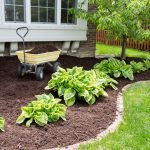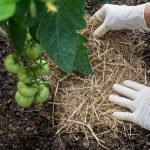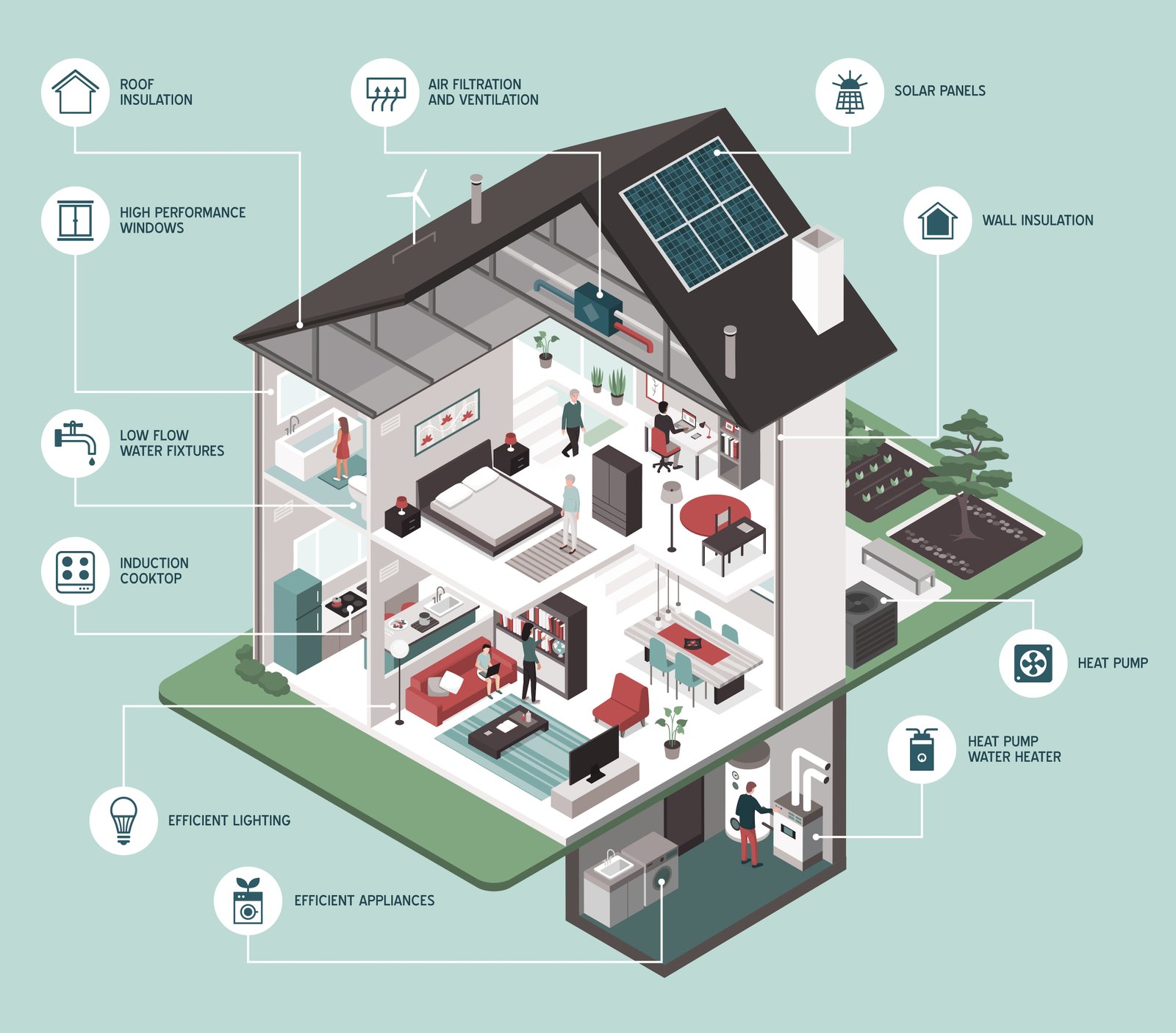Saving Water in the Garden

Reducing water use around your house is very important. Not only inside but also out in the garden. If you love gardening and growing your own food like me you know how much water it can take to keep your plants healthy. But how can you balance your love of gardening and the need to reduce water use? That may seem like a dilemma but there are many easy techniques that will help you have a beautiful looking garden while still saving water.
During my own journey to reduce water use I have tested a few techniques and discovered that there are 6 main points you need to observe
Plant needs
Your plants may need less water than you think. Make sure to check if the soil is still moist before you water your plants. If yes it means that the plant doesn’t need more water just yet. Actually, excessive watering could be damaging to your plants, it can literally suffocate them as they breathe through the roots. When there is too much water the roots are not able to absorb oxygen and they can also rot.

Plant selection
If you are planning to increase the variety of plants in your garden try selecting indigenous and drought-resistant plants. These plants will be adapted to the local weather and will require less water to remain healthy. Check out the RHS website for a list of suitable plants in the UK.
Timing
The best times to water your garden are early morning or late afternoon when the sun is not too hot. If you water when the sun is at its hottest you will waste your water as it will evaporate rather than being absorbed by the plant. Try watering near the roots rather than on top of the leaves if you can, water on top of the leaves can also be wasted as it will run off or just evaporate.
Water retention
In order to reduce water evaporation from the soil, you can use mulches. A mulch is a layer of material such as straw, gravel, chipped bark placed on top of the soil. This will considerably reduce the amount of water needed to water your plants as the soil will be able to retain it for much longer.
Reuse
Another way of reducing the use of clean drinkable water in your garden is finding alternative sources of water within your home. Greywater – used water from baths and toilet taps – is appropriate for use in your garden. The water can be redirected to the garden by using buckets or specially installed outlet pipes.
Collection
A great way to reduce drinkable water use in your garden and reduce your bills is collecting rainwater. You can do that by just leaving buckets outside on a rainy day or collect it from your roof. I also normally leave my watering can outside in an exposed area so it collects rain.

Watering equipment
Choose your watering equipment wisely. Use watering cans of the appropriate type for your pot to avoid water spillage. You want to water your plant not the patio around it. For small pots it is better to use a watering can with a thin spout and for bigger areas ones with a traditional nozzle. If you have a large garden and not enough time available to water it you may currently be using sprinklers; note that they use an incredible amount of water. In order to reduce that, you can time their operation to the times of day when the sun is not so hot. For water hoses, have a look in hardware shops for water efficient ones with the option to reduce water flow.
Using less water in your garden may seem counter-intuitive as your plants need water to remain healthy and survive. The secret to that is using water wisely to reduce waste and consequently water demand. Time the watering correctly, protect the soil from evaporation, collect and reuse water as much as possible. Don’t forget to choose plants and watering equipment wisely and Green it yourself…Now!
Do you also have great tips on how to save water in the garden? Please share with us below!







